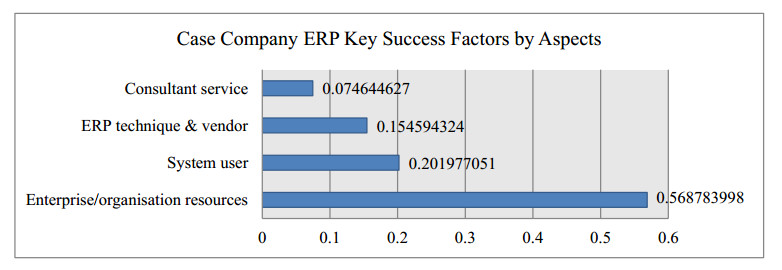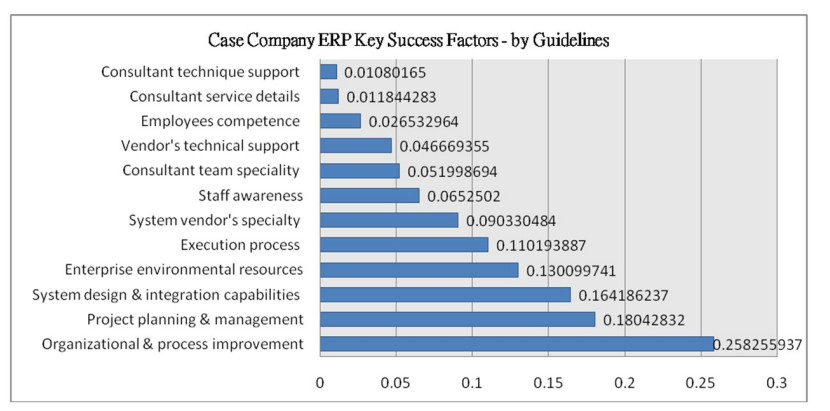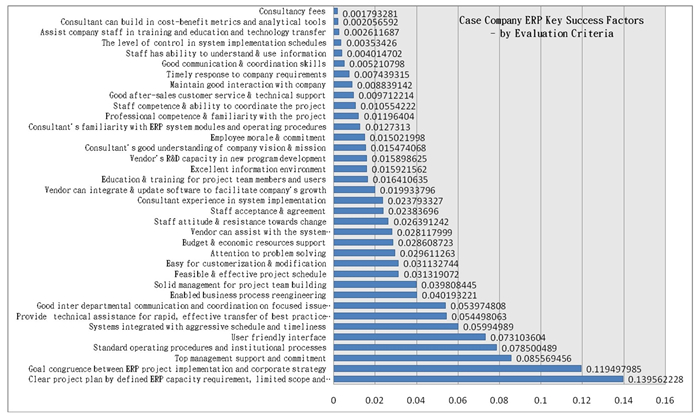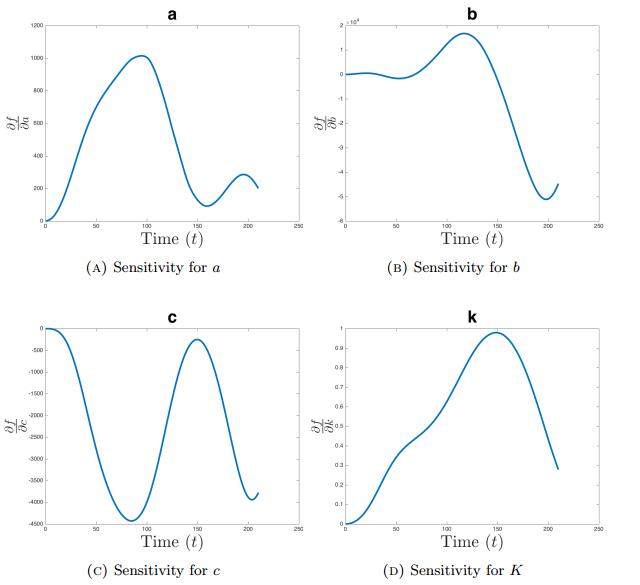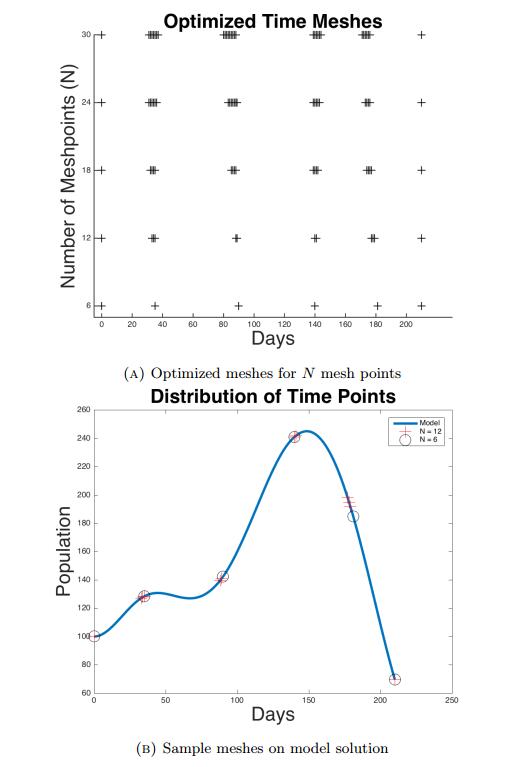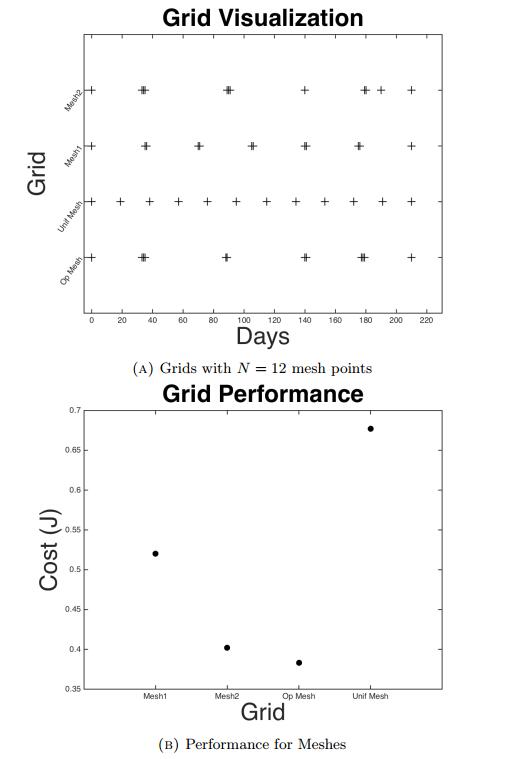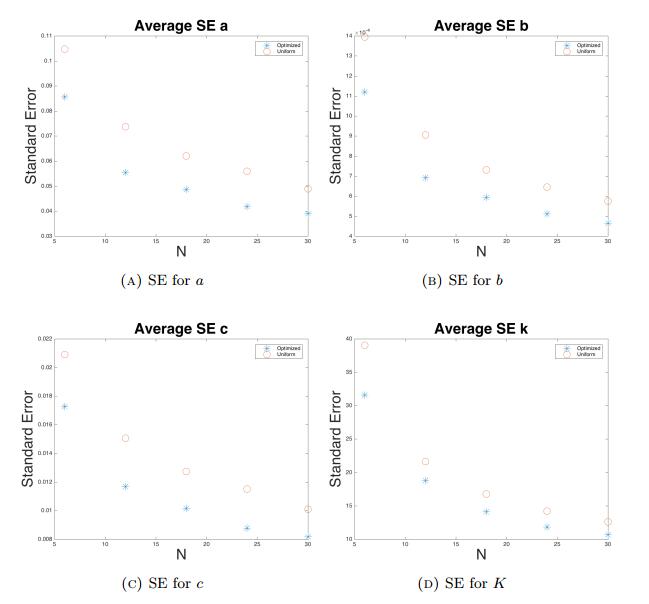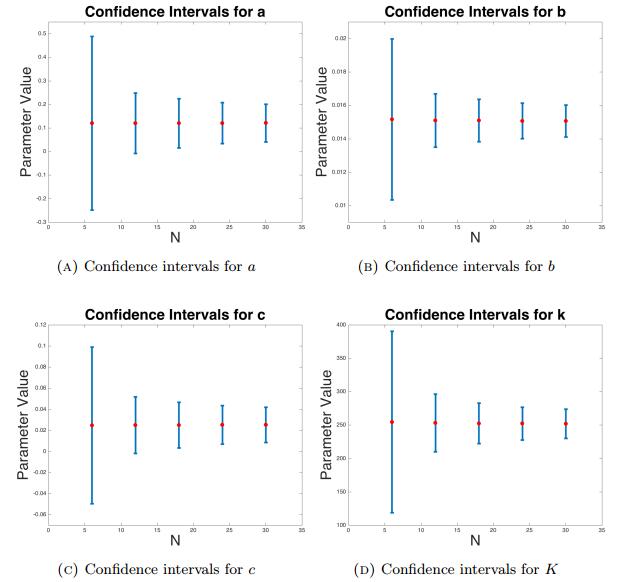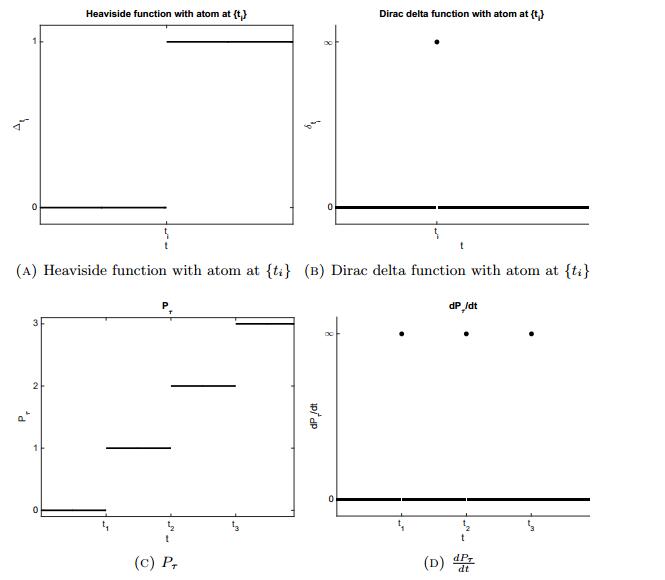Abbreviations: ERP: Enterprise resource planning; AHP: Analytic hierarchy process
1.
Introduction
It is well documented that ERP systems are beneficial to business operations (Ragowsky & Somers, 2002; Beatty & Williams, 2006); however, the implementation of ERP systems can be costly and time-consuming. Likewise, the software installation and system operating costs can be translated into a real financial burden for a company. The human resources and staffing are also expensive, and the training of staff for the complex system is tedious. Moreover, if any component of an ERP system is not implemented correctly or the technology is incompatible or inefficient for the business structure, the huge capital expenditure and human cost will become a receipt of disaster which may lead to the demise of some companies (Davenport, 1998; Martin, 1998; Parr & Shanks, 2000; Olson, et al. 2013). In practice, the implementation of ERP systems is overly complex, with a highly technical architecture and high operating cost; the enormous amount of time is spent on integrating the system to fit into the organization, and these factors are suggested to be the main reasons for a successful rate when implementing an ERP system (Davenport, 1998; Martin, 1998). Previous studies of ERP systems have focused on understanding the factors leading to either the success or failure of ERP implementation, and the aim is usually to assist those enterprises which currently have an ERP system in place or are planning to change to this system to achieve greater success and less failure (Bradley, 2008; Kim et al., 2005; Morteza & Zare, 2013; Olson & Staley, 2012; Sumner, 2006). Even after spending millions of dollars on investing in ERP systems, some companies are still facing ongoing challenges (Parr & Shanks, 2000; Olson et al., 2013). Olson and Zhao (2007) pointed out that 70% of the companies had failed to achieve the objectives after implementing ERP. Moreover, the implementation of ERP involves different phases, and each phase embeds the crucial factors affecting the ERP implementation success and failure. These crucial factors include top management support, consultant experience, vendor capacity, staff feedback and evaluation, organizational process and reengineering, etc; and, beyond all of these factors, the managers' ability to control these issues is the key to the success of ERP implementation. Kwahk & Lee (2008) argued that, in fact, ERP systems were still experiencing higher failure rates, with approximately 60% to 90% of the companies failing to implement the ERP systems. While some companies understand the importance of those key success factors, they failed in the ground operation and execution (Basoglu et al., 2007; Kwahk & Lee, 2008).
In a local context, Taiwanese businesses that have been successful in ERP implementation show some influential findings. For instance, the electronics industry has focused on, for example, information sharing, project organization and management (Cai, 1999); the organizational structure, project management, information technology and business management (Zhang, 2000); or organizational and personnel factors, and ERP software configuration (Dai, 2007). The traditional manufacturing sector has focused on an organization's internal environment, the ERP user and consultant support (Zhang et al., 2013). The telecommunication sector emphasizes the organizational structure, technology and external environment (Bai, 2007). The construction sector focuses on four key issues, including the internal environment, software vendor characteristics, system configuration and implementation outcomes (Huang, 2006). The review of these studies indicates that each industry will have its unique success factors in the ERP selection and implementation process. According to the white paper on small- and medium-sized enterprise research (2010), Taiwanese industries are classified into nine major sectors: garments, underwear, bags and suitcases, sweaters, towels, hosiery, swimwear, bedding and shoes. Each industry is further divided into small sub-sectors. For example, the garment industry has a wide range of sub-sectors, including upstream and downstream industries such as fiber manufacturing, spinning, weaving, dyeing, finishing, clothing and apparel. In a global supply chain, the garment exporting companies often experience an overwhelmingly high demand. The clothing specifications and requirements of fabrics, accessories, materials and styles are often complex and change from time to time; and, the clients demand just-in-time delivery and high-quality products. As such, the smooth and efficient operation of handling the complexity and competition existing in the garment industry will, to some extent, rely on an integrated and effective information system. However, the white paper on small- and medium-sized enterprise research (2019) reported that ERP implementation in the over 50 workers' businesses was roughly 80% in the manufacturing industry and 50% only in the service industry.
This case study was based on R enterprise, which had the first ERP system installed in 2002; the full-scale implementation was launched after 2007. During 2013, the company adopted a growth strategy and expanded rapidly overseas, with the number of multinational operations and manufactories increasing every year. Whenever launching new ventures in different countries or experiencing expansion of the existing manufacturing plants in their home country, the company must operate under the so-called dual system, whereby the old system coexists during the period of transformation to the new ERP system. The challenges are immense during the transformation period because the work is doubled and the different management styles in multiple locations eventually cost its business. The ERP system modules currently in use have failed to meet the managerial requirements. The new system is not easy to customize, is difficult to operate and, at the same time, involves many other issues, such as incompatibility and difficulty in making the necessary adjustments and modifications. All of these issues need to be resolved when transforming from the old system to the new one; if these issues are not resolved, there is a risk of running a dual system in one organization, which would lead to much more ongoing complexity and complications. The general management office in the home country revises the ERP systems on a yearly (or monthly) basis, and the purpose is to effectively facilitate and integrate a fast-growing and independent financial system. However, the administration has not been able to provide a complete set of ERP system. This study aims to explore the key success factors for ERP system implementation in the garment industry through analysis of the case of R enterprise. The findings are expected to provide useful insight for the companies that are preparing a second implementation of ERP.
2.
Analysis of ERP systems using the Delphi method
This study involved applying a two-stage Delphi method and analytic hierarchy process (AHP; Saaty 2000) to conduct an exploratory analysis of ERP systems and examine how the professional and organizational issues have contributed to the success of ERP implementation.
2.1. The first stage: Using a 3-round Delphi questionnaire to collect the data
The starting point was a review of the literature; from the previous studies, the factors for successful ERP implementation were initially identified and, subsequently, these factors were proposed to construct the first-round Delphi questionnaire. Five experts/scholars were selected to participate in the 3-round Delphi interview. After interviewing the five experts/scholars, the factors that were recommended to be the key common issues that influence the success of ERP systems were then discussed, summarized and grouped to design the second-stage AHP questionnaire.
First of all, the questionnaire design can be divided into the following five steps: 1. selecting experts; 2. collecting questions and sorting; 3. the first-round questionnaires 4. the second-round questionnaire; 5. forming general comments and consensus. If there is no consensus that can be researched by the experts/scholars, repeat Steps 3 and 4 to have consistent results.
Step 1: Selecting experts. According to Linstone (1978), experts or scholars need to have a high level of familiarity in the field of ERP to be qualified to give any representative opinions in the interview. Therefore, this study utilized three industry experts who have more than five years' experience in ERP system implementation and two professors with relevant research and professional backgrounds in this area to form the interview panel, totaling five experts/scholars. The experts' background and experience are summarized in Table 1.
Step 2: ERP key successful factors collection and collation. The five experts and scholars reviewed the literature, both domestic and international studies, and identified initial key ERP success factors that include four aspects, 12 guidelines and 48 evaluation criteria, as shown in Table 2. These became the base questions used in the first-round questionnaire.
Step 3: First-round questionnaire. Develop the questionnaire and distribute it to experts and scholars. All of the key ERP factors listed in Table 2 were used to design the Delphi questionnaire; it was sent to the experts and scholars who had been selected for the interview; then, phone calls were made to confirm the time for the first face-to-face meeting. During the first meeting, the interviewer typically spent about 2–3 hours to explain the tasks, and for each of the factors on the questionnaire, the experts and scholars had three options: they could choose either agree, delete or modify. If they chose the option of modify, there was an extra column where the experts and scholars needed to fill in details to support the modification. Apart from selecting based on the existing factors, the experts and scholars could also recommend other factors in the overall comments column in the questionnaire. After the questionnaire was completed, it was mailed back to begin data entry and collection work. Using descriptive statistics, these survey results will be presented in the form of frequency distribution tables.
Step 4: Second-round questionnaire. We distributed the second questionnaire with added and deleted factors and/or new opinions. At the same time, we printed out the results from the first questionnaire, i.e., the frequency distribution table, and sent both the second questionnaire and the frequency distribution table generated from the first questionnaire to the experts and scholars. After reviewing the results from the first questionnaire, the experts and scholars filled out the second questionnaire to either maintain or modify their views. In the second questionnaire, the experts and scholars no longer needed to have a face-to-face interview, so the whole process was done by telephone. Once the questionnaire was completed, the experts and scholars needed to mail the documents back, and this was followed by data entry and collection work again.
Step 5: Third-round questionnaire to determine key success factors. To avoid spending excessive time on the survey, we adopted an upper limit of a maximum of three times for the Delphi interview. The first two interviews were conducted in a traditional way of correspondence, and the third interview entailed an online meeting. As soon as the opinions were collected, the key factors were assessed and used to design the subsequent AHP questionnaire.
2.2. Analysis of Delphi questionnaire
To assess whether the framework (see Table 2) was sufficient and appropriate to contain the four aspects, 12 guidelines and 48 evaluation criteria, the first-stage Delphi method was applied and the questionnaires were distributed to the experts. The survey was conducted through two traditional face-to-face interviews and one online conference. The interviewer collected the questionnaires from the five selected experts and scholars for the three occasions, and, through the review of the experts' responses, as well as suggestions to those open questions, the framework and its layout were further revised. The results show that the experts reached a consensus on the following amendments: deleting 14 criteria and revising three criteria in the Tier 3 evaluation criteria for the aspect 'ERP technique and vendor'; adding two new factors, namely, 'system implementation is in alignment with company's strategic visions'; 'the professional level in the field of work and familiarity with the process', 'education and training of the project members and users', 'provision of good after-sales service and technical support', 'a good understanding of company's visions and strategies' and 'good communication and coordination skills'. Finally, we designed the AHP questionnaire based on the results generated from the first-stage Delphi expert questionnaires. The Delphi results were screened and used to form the key ERP successful factors in the AHP questionnaire (see Table 3, Tiers 1 to 3), which was distributed mainly to the top executives in the case company.
3.
Analysis of ERP systems using AHP method
3.1. The second stage: AHP questionnaire via interview
The main participants in the AHP questionnaire were the top decision-makers who had executive power in determining the fate of the project for the case company, and they were interviewed to enhance the accuracy of the AHP test. The top managers' backgrounds and experience were summarized in Table 3. The questionnaires were then collected and the weights were calculated for the case company's key ERP success factors. The AHP questionnaire framework is shown in Table 4.
3.2. AHP questionnaire participants and procedure
The AHP survey targeted senior executives and entailed issuing 10 questionnaires using a nine-point scale. After the compilation and analysis of the data, there was no incomplete questionnaire or inconsistent information provided in the questionnaires; hence, the effective recovery rate was 100%. Based on the AHP questionnaire framework (Table 4), we analyzed the key factors that were suggested to affect ERP system implementation, as well as analyzed and compared every two elements in Tier 1 (Tier 2 and Tier 3) to reveal the relative importance of the key success factors.
3.3. Analysis of AHP consistency ratio
To ensure a high confidence interval for the respondents to have a consistent view on the importance level of key factors, a consistency ratio was used to assess the degree of consistency at each tier. The analysis of the consistency ratio shows that the overall aspects in the first tier, four guidelines in the second tier and 12 evaluation criteria in third tier all had consistency ratios less than 0.1, indicating a high level of consistency between the different tiers (Table 5).
3.4. Analysis of key success factor weights
The factor weight is also known as the local priority, which indicates the relative weight of each factor for each tier. The overall weight is known as the global priority, calculated as the weight of the prior tier multiplied by the relative weight of various elements of the current tier; it shows the relative importance of various elements of the current tier as compared to the overall weight. For example, in this case study, it is as follows: Overall Weight = Weight of Tier 1 × Weight of Tier 2 × Weight of Tier 3. As a result, the overall weight was derived for the four major aspects, 12 guidelines and 36 key evaluation criteria (see Table 5), showing the rank as per the order of importance.
This study also graphically explains the key aspects, guidelines and evaluation criteria based on Table 6. The y axis represents the rank of aspects (Figure 1), guidelines (Figure 2) and evaluation criteria (Figure 3) for Tier 1, Tier 2 and Tier 3 in the AHP framework; the x axis shows the weight for each element. Using Microsoft Excel to analyze the weights of the overall factors, Figure 1 was constructed to show that 'Enterprise/ Organization resources' was ranked first, followed by 'System user', 'ERP technique and vendor' and, the last, 'Consultant service'.
Figure 2 shows that case company R focuses on comparing the top three or six guidelines in the AHP questionnaire. The top three guidelines and the corresponding accumulated weights were 'Organizational and process improvement' (0.258255937), 'Project planning and management' (0.18042832) and 'System design and integration capabilities' (0.164186237), with a total accumulated weight and combined explanatory power of 60.28%. In addition to the top three ranked guidelines, 'Enterprise environmental resources' (0.130099741) was ranked number four, 'Execution process' (0.110193887) was ranked number five and 'System vendor's specialty' (0.090330484) was ranked number six. In all, the top six guidelines altogether account for 93.34% of the accumulated weight.
After analyzing the 36 evaluation criteria (Figure 3), the top 10 ranked criteria were 'Clear project plan based on defined ERP capacity requirement, limited scope and focused flowchart' (0.13956222), 'Goal congruence between ERP project implementation and corporate strategy' (0.11949798), 'Top management support and commitment' (0.08556945), 'Extent of standard operating procedures and institutional processes' (0.07850048), 'User-friendly interface' (0.07310360), 'Systems integrated with an aggressive schedule and timeliness' (0.0599498), 'Provide technical assistance for rapid, effective transfer of best practice interventions' (0.05449806), 'Good interdepartmental communication and coordination on focused issue solution' (0.05397480), 'Enablement of business process reengineering' (0.04019322) and 'Solid management for project team building' (0.03980844). In all, the top 10 evaluation criteria had a combined accumulative weight of 74.47%.
4.
Results and discussions
Overall, among the 36 evaluation criteria, four were ranked the highest, namely, a clear project plan based on a defined ERP capacity requirement, limited scope and focused flowchart; goal congruence between ERP project implementation and corporate strategy; top management support and commitment; and the extent of standard operating procedures and institutional processes. Meanwhile, if the analysis emphasized the aspects, Enterprise/ organization resources carried the highest weight (0.568), indicating a single aspect catches more than half of the total weight of all factors. This result is consistent with previous studies which suggest that organizational resources play a decisive role in shaping successful ERP system implementation (Davenport, 1998; Bingi et al., 1999; Zhang, 2000; Liu, 2003, Ye and Chen, 2005; Chauhan et al., 2012; Zhang et al., 2013). Interestingly, the consultant service factor carried the lowest weight (0.07), at less than 1%, suggesting that future improvement should be focused on strengthening an effective promotion of consultant services and technical support should be delivered to assist the company. Daniel (1961) argued that most companies should have at least three to six factors that are important to ERP success, and that these factors are the critical foundation that should be the focus of companies throughout the whole process to ensure that the system is successfully implemented.
Based on the analysis of the 12 guidelines, this study suggests that case company R carefully examine the current internal and external environment as it pertains to the company's position in the overall industry, the company's performance relative to its peers and competitors and the economic and environmental resources available inside the entity that R can utilize to gain a competitive advantage. The analysis was purposed to ensure that efficient resource allocation will be applied to the important factors which are ranked top for the R enterprise.
In addition, the results of this study indicate that senior managers generally recognize that the success of ERP system implementation is dependent on the organizational commitment, sufficient resource support and authorization, the attitude of the project leader, the competency of system users, the coordination and communication for the project, etc. Apart from focusing on the system implementation, the project team should also set up a special task group to constantly meet with each department to convey the aspiration and commitment from the top management and provide feedback to the top management as to whether each department has been able to adapt to the organizational changes.
In a similar vein, strong support, active envelopment and encouragement and due care should be given to relevant executives and project team members so that they will understand the company's policies, and that these top-end ideas are pragmatic and feasible. This is a crucial step because only the project executives need to change their attitudes toward the new system, as all of the project team members will then embrace the new system with motivation and positive energy. As such, the team will be unified on this project without resistance and the team members will be active in training and education, which makes the whole process much more efficient.
It is evident that the bottom six evaluation criteria were 'Consultancy fees', 'Consultant can build in cost-benefit metrics and analytical tools', 'Assist the company staff in training and education and technology transfer', 'Level of control in system implementation schedules', 'Staff has ability to understand and use information' and 'Good communication and coordination skills', from bottom one to bottom six, five of which are from 'Consultant service aspect'. This implies that, for the case company R, the future focus is to strengthen the ERP consultant communication and coordination.
Therefore, the decision-makers should carefully select ERP vendors, and, prior to decision-making, it is necessary for them to do their homework to have some knowledge about vendors, particularly, whether the vendors are capable of analyzing and integrating into the company's base conditions, such as R & D, production, HR function, finance and marketing budget; and, whether consultant services are explicitly in alignment with the current organizational goals and strategies.
5.
Conclusions and recommendations
This study involved employing a two-stage questionnaire based on the Delphi and AHP methods to generate the ranking to show the level of importance of key ERP success factors for R enterprise. The findings show that the top 10 key success factors are as follows: 1. clear project plan based on a defined ERP capacity requirement, limited scope and focused flowchart, 2. goal congruence between ERP project implementation and corporate strategy, 3. top management support and commitment, 4. extent of standard operating procedures and institutional processes, 5. user-friendly interface, 6. systems integrated with an aggressive schedule and timelines, 7. provision of technical assistance for rapid, effective transfer of best practice interventions, 8. good interdepartmental communication and coordination on focused issue solution, 9. enablement of business process reengineering and 10. solid management for project team building.
The ERP systems are different from the packaged software, so the vendor needs to accurately tailor and deliver a customized system that suits the enterprise (often, the preparation stage requires one year, but the problem-solving is on a daily basis starting from the implementation); and, for the corporation, it is about communication and coordination between the enterprise and the vendor and how to achieve a mutual agreement between the both parties. The company should have ongoing meetings and consultation with the ERP vendor, as well as the consultant. It is recommended that each department sends one or two special representatives to participate in the future meetings and work on the system's planning and implementation issues. Likewise, the consultant can also achieve a full understanding of the current state of organizational functions and characteristics through a close and practical working relationship; as a result, this is helpful in reducing the level of resistance and failure rate of reengineering processes throughout the business.
Use of AI tools declaration
The authors declare they have not used artificial intelligence tools in the creation of this article.
Conflict of interest
All authors declare no conflict of interest regarding the publication of this paper.









 DownLoad:
DownLoad:
